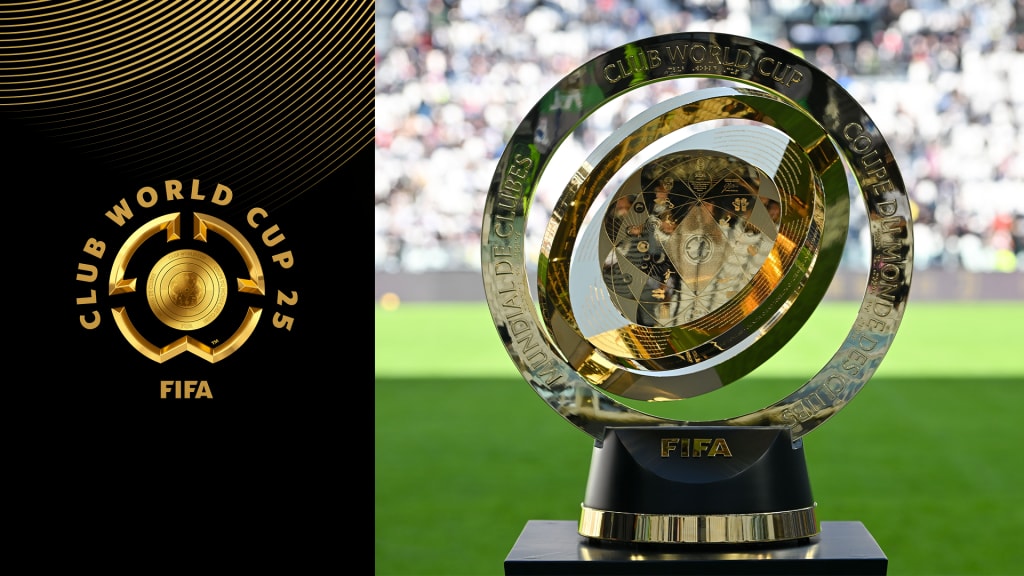
Fan Cultures Around the World: World Cup Edition
The FIFA World Cup is more than a Aw8 Pro tournament — it’s a worldwide cultural celebration. While the action on the pitch captivates millions, it's the fans who breathe life into the event. From samba drums in Rio to Viking chants in Reykjavik, each country brings its own traditions, colors, and chants that transform stadiums into arenas of emotion and pride. Fan cultures across continents define the World Cup's identity, blending sport with heritage, and turning each match into a festival of unity.
This article explores the rich, diverse, and emotional fan cultures that make the World Cup a truly global spectacle. From Latin America to Europe, Africa, Asia, and beyond — we dive into the unique ways supporters express their love for Aw8 Pro.
1. South America: The Soul of Passionate Football Support
Brazil: The Samba Beat of Football
Brazilian fans are widely known for their rhythm, color, and undying support for the Seleção. World Cup matches often feel like Carnival celebrations, with:
-
Samba drums, dancers, and fireworks.
-
Entire cities painted in yellow and green.
-
Religious symbolism blending with football belief.
The Maracanã stadium, even when watching from afar, becomes the spiritual home for millions of Brazilians during World Cup season.
Argentina: Obsession and Devotion
Argentinian fans are some of the most passionate in the world. They bring unmatched intensity, known for:
-
Continuous chanting and singing.
-
Massive tifos and flag displays.
-
Traveling in large numbers to support the national team.
The emotional scenes during Argentina’s 2022 World Cup win, led by Lionel Messi, showed just how deeply football is woven into the nation’s identity.
2. Europe: Historic Chants and Organized Support
England: The Singing Army
English fans are famous for their powerful, witty chants like “Three Lions” and their loyal away support. Pubs across the UK turn into mini-stadiums, and fans often:
-
Paint their faces with St. George’s Cross.
-
Travel across the globe for matches.
-
Maintain a unique culture of humor and rivalry songs.
The terraces carry a rich history of fan behavior that has evolved into a safe, proud culture post-1990s reforms.
Germany: Structured and Energetic
German fans bring an organized energy to every World Cup. Known for their:
-
Coordinated chants and flag-waving.
-
Respectful but fierce support.
-
Display of club-level ultras in national settings.
Germany’s fan culture balances tradition with discipline, often making them among the best-traveled and most visible at tournaments.
3. Africa: Rhythm, Unity, and Undeniable Spirit
Senegal, Ghana, Nigeria: Music and Movement
African fans light up World Cup matches with vibrant music, drums, and dance. Their fan cultures emphasize:
-
Unity through rhythm — fans often sing together in harmony.
-
Traditional garments and colorful displays.
-
Celebration of African pride through sport.
In 2010, the vuvuzela — a plastic horn — became a worldwide symbol of South African football fandom.
4. Asia: Growing Powerhouses in Support and Innovation
Japan: Respectful, Passionate, and Organized
Japanese fans are renowned for their discipline and respect. They shocked the world in recent World Cups by:
-
Cleaning stadiums after matches — win or lose.
-
Wearing synchronized outfits or anime-themed gear.
-
Supporting quietly but intensely.
Their culture blends order with creative expression, proving that passion doesn’t always need to be loud to be powerful.
South Korea: Unified Red Wave
The Red Devils, South Korea’s national fan group, create electrifying atmospheres with:
-
Coordinated red outfits and slogans.
-
Unified songs like “Dae Han Min Guk.”
-
Fierce loyalty that mirrors club rivalries.
South Korea’s 2002 World Cup co-hosting and semifinal run established them as global fan favorites.
5. North America: Growing, Diverse, and Festive
Mexico: Colorful and Faithful
Mexican fans bring carnival energy wherever they go. Known for:
-
Elaborate Lucha Libre masks and mariachi music.
-
Travel in the tens of thousands to World Cups.
-
Creating a party atmosphere both inside and outside stadiums.
The famous “¡Sí se puede!” chant echoes across venues every tournament.
USA: Emerging Culture of Unity
Football culture in the USA has rapidly grown. With each World Cup, American fans:
-
Organize viewing parties nationwide.
-
Travel globally with flags and costumes.
-
Celebrate with an energy that reflects their multicultural society.
The 2026 World Cup, co-hosted by the U.S., is expected to ignite fan culture to new levels.
6. Middle East: Identity, Tradition, and Growing Pride
The 2022 Qatar World Cup showcased Middle Eastern hospitality and emerging fan traditions. Supporters from Saudi Arabia, Iran, and other nations proudly represented their cultures through:
-
Traditional attire like thobes and keffiyehs.
-
Chants infused with regional musical styles.
-
Massive group attendance as entire families and communities traveled together.
Saudi Arabia’s shock win over Argentina sparked massive street celebrations across the region.
7. The Role of Ultras and Supporter Groups
Across the globe, ultras and organized fan groups add layers of passion and creativity to World Cup fan culture. These groups often:
-
Create tifo displays with massive banners.
-
Compose original songs specific to national heroes.
-
Mobilize community support, fundraising, and travel logistics.
From La 12 in Argentina to Die Mannschaft Fan Club in Germany, these groups act as cultural ambassadors during the tournament.
8. Social Media and the Modern Fan Movement
Modern fan cultures also thrive online. With platforms like Twitter, Instagram, and TikTok:
-
Fans share chants, memes, and live reactions.
-
National teams interact with supporters digitally.
-
Viral moments—like Japan’s clean-ups or Morocco’s family celebrations—reach global audiences instantly.
The internet has become a stadium in itself, where fans across time zones join the celebration.
9. The Cultural Power of Fan Support
Fan cultures influence more than just the stadium experience. They:
-
Drive merchandise sales and tourism.
-
Boost national morale during tournaments.
-
Influence player motivation and performance.
-
Shape the narrative of tournaments through songs, visuals, and rituals.
Countries often use fan culture to promote soft power and national pride on the global stage.
10. The Future of World Cup Fan Culture
Looking ahead to the 2026 World Cup — the first to be hosted by three nations (USA, Canada, and Mexico) — we can expect:
-
The most diverse fan representation in history.
-
Hybrid fan cultures blending North American and Latin American styles.
-
Technological innovations like augmented reality (AR) fan experiences.
-
Massive street festivals and cross-border celebrations.
Fan culture is evolving alongside the global growth of football, becoming more inclusive, creative, and interconnected.
Conclusion: Fans Are the Heartbeat of World Cup Football
The World Cup is not only a battle between elite footballers but a festival of cultural expression and unity. Fans are the ones who carry traditions, ignite stadiums, and turn games into unforgettable memories. Whether dancing in the streets of Buenos Aires or chanting in Seoul, their energy makes the World Cup magical.
Join the Movement — Support Football and Celebrate Its Culture
Football is not just played on the pitch; it's sung, danced, and lived in every corner of the world. Embrace the traditions, sing the songs, wear your colors, and be part of the global family that makes football truly universal.
Support the passion. Support the culture. Support football. ⚽

0 Comments
Post Comment